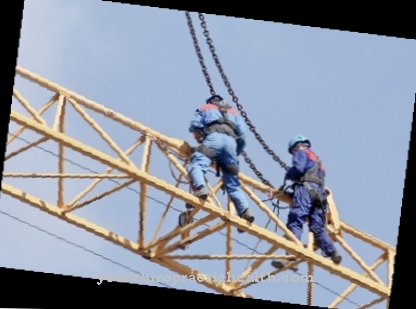The Skeletal scintigraphy or Bone scintigraphy serves to detect active changes in the bones. Normal, healthy bones are constantly being remodeled. Calcium phosphate is incessantly installed and removed, particularly where there is heavy stress on the bones. This phosphate metabolism can be visualized with skeletal scintigraphy so that pathological changes in the bone can be detected at an early stage.
What is skeletal scintigraphy?

In the Skeletal scintigraphythat too Bone scintigram is called, it is an examination method that serves to detect areas that are subject to an increased bone metabolism. In diseases such as metastases of various malignant tumors, fractures (broken bones), inflammatory changes and osteoarthritis, there is increased activity in the affected areas, which can be made visible by means of skeletal scintigraphy.
The principle of investigation in skeletal scintigraphy is based on the fact that radioactively marked phosphates accumulate on bone surfaces with increased metabolic activity. In this way, the entire skeletal system of the body can be displayed with a low radiation exposure and the entire body can be examined for abnormally increased bone remodeling.
This is an enormous advantage that skeletal scintigraphy has over X-ray examinations, in which only individual sections of the skeleton are imaged.
Function, effect & goals
The Skeletal scintigraphy in the detection or exclusion of tumors of the bones, metastases of the skeleton, undetected fractures and inflammation of bones or joints. Skeletal scintigraphy is also used if the loosening of the prosthesis (hip or knee joint endoprosthesis) is suspected, in the case of postoperative and posttraumatic complications and in the case of unclear bone or joint pain.
Before the actual skeletal scintigraphy, it is necessary to give the patient a weakly radioactive agent. This is usually done through a cannula in the arm vein. After administration, this agent first collects in the soft tissues and then gradually attaches to the bones. The agent is absorbed differently depending on the type of tissue or change.
Depending on the task at hand, the time it takes for the skeletal scintigraphy to achieve the best possible representation also varies. In most cases, the first recordings can be made after about two hours and the late recordings after another one to two hours. With the 2- or 3-phase skeletal scintigram, the images are taken directly after the agent has been injected.
The patient should move as little as possible during the skeletal scintigraphy. If necessary, breaks are taken. A recording device, e.g. B. A gamma camera registers the radioactive rays from which the image is then generated. Areas in which a lot of contrast substance was recorded are displayed differently than areas with less enrichment. Often a two-dimensional image is sufficient, but it is also possible to generate a three-dimensional image or a series of slice images after processing by means of a computer. An extension of the skeletal scintigraphy is usually not necessary.
Since the skeletal scintigraphy shows very precise examination results, changes in the bones are shown even if an X-ray examination does not reveal any findings. In this way, daughter tumors of the tumor in the skeleton of cancer patients can be recognized at an early stage. In the case of inflammation, it is also possible to differentiate the location, type and intensity of the inflammation focus using skeletal scintigraphy.
Risks, side effects & dangers
The radiation exposure at the Skeletal scintigraphy is not increased compared to an X-ray examination or a computed tomography. The radioactive material breaks down after a short time and is eliminated from the body with the urine.
The recording itself does not generate any radiation, only the rays generated by the agent are captured. Since the examination, apart from the puncture during the injection, is painless and the radiation exposure is low, skeletal scintigraphy can also be useful in children. In pregnant women, however, it is only carried out if there are no diagnostic alternatives.
Since the radioactivity of the contrast agent given in the skeletal scintigraphy is low, there is also no higher radiation exposure. It roughly corresponds to the exposure to natural radioactivity within a year. The risk of suffering radiation damage from a skeletal scintigraphy is extremely low, but cannot be completely ruled out. Therefore, these examinations are not used as routine examinations, but only in a very targeted manner.
In rare cases, infection, nerve damage, or scarring may occur at the injection site for the radioactive substance. Allergic reactions to the injected agent are also possible with skeletal scintigraphy. However, these are rarely so severe that they result in serious complications.
























.jpg)



